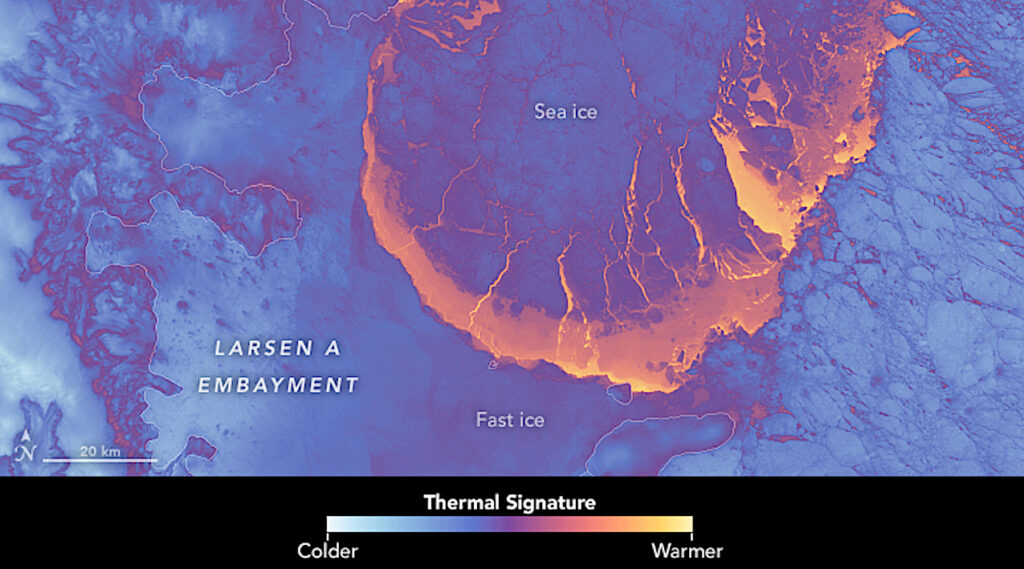Life's Adaptations To Freezing and Thawing

Imagine you’re a leech, happily making a living on a turtle in some quiet, freshwater pond. What do you do when winter comes and temperatures in your warm little habitat begins to dip below freezing?
In a recent study, a team of researchers discovered that the leech, Ozobranchus jantseanus, has a remarkably high tolerance to freezing and thawing. Scientists once thought that it would be difficult for organisms to survive at temperatures below freezing because the water inside cells and tissues forms ice crystals, and this can ultimately damage the cells beyond repair.
In the new study, O. jantseanus survived after being stored for 24 hours in liquid nitrogen at temperatures of -196°C. The leech also recovered after being stored for 32 months at -90°C, and repeated freeze-thaw cycles at temperatures that fluctuated between from 20°C to −100°C.
O. jantseanus has shown incredible adaptability, and its unique mechanisms for dealing with the cold allows it to survive in a much wider range of temperatures than previously documented in other organisms.
According to the paper by Suzuki et al., “All of the individuals had been active before initiating the experiments, indicating that this cryoresistance ability is always present in O. jantseanus.” Studying how life adapts to adverse conditions, such as high and low temperature environments, is an important aspect of astrobiology research. If life survives on planets and moons like Mars and Europa, organisms will have to cope with environmental conditions that are often far more extreme than those found in habitats on Earth. Cryobiosis is a term used to describe adaptations or tolerance of freezing, and could be an important survival strategy for potential life in cold environments, such as beneath the icy shell of Jupiter’s moon Europa.
The study, “A Leech Capable of Surviving Exposure to Extremely Low Temperatures,” was published in January, 2014, in the journal PLOS One under lead author Dai Suzuki.
Abstract: It is widely considered that most organisms cannot survive prolonged exposure to temperatures below 0°C, primarily because of the damage caused by the water in cells as it freezes. However, some organisms are capable of surviving extreme variations in environmental conditions. In the case of temperature, the ability to survive subzero temperatures is referred to as cryobiosis. We show that the ozobranchid leech, Ozobranchus jantseanus, a parasite of freshwater turtles, has a surprisingly high tolerance to freezing and thawing. This finding is particularly interesting because the leach can survive these temperatures without any acclimation period or pretreatment. Specifically, the leech survived exposure to super-low temperatures by storage in liquid nitrogen (−196°C) for 24 hours, as well as long-term storage at temperatures as low as −90°C for up to 32 months. The leech was also capable of enduring repeated freeze-thaw cycles in the temperature range 20°C to −100°C and then back to 20°C. The results demonstrated that the novel cryotolerance mechanisms employed by O. jantseanus enable the leech to withstand a wider range of temperatures than those reported previously for cryobiotic organisms. We anticipate that the mechanism for the observed tolerance to freezing and thawing in O. jantseanus will prove useful for future studies of cryopreservation.








